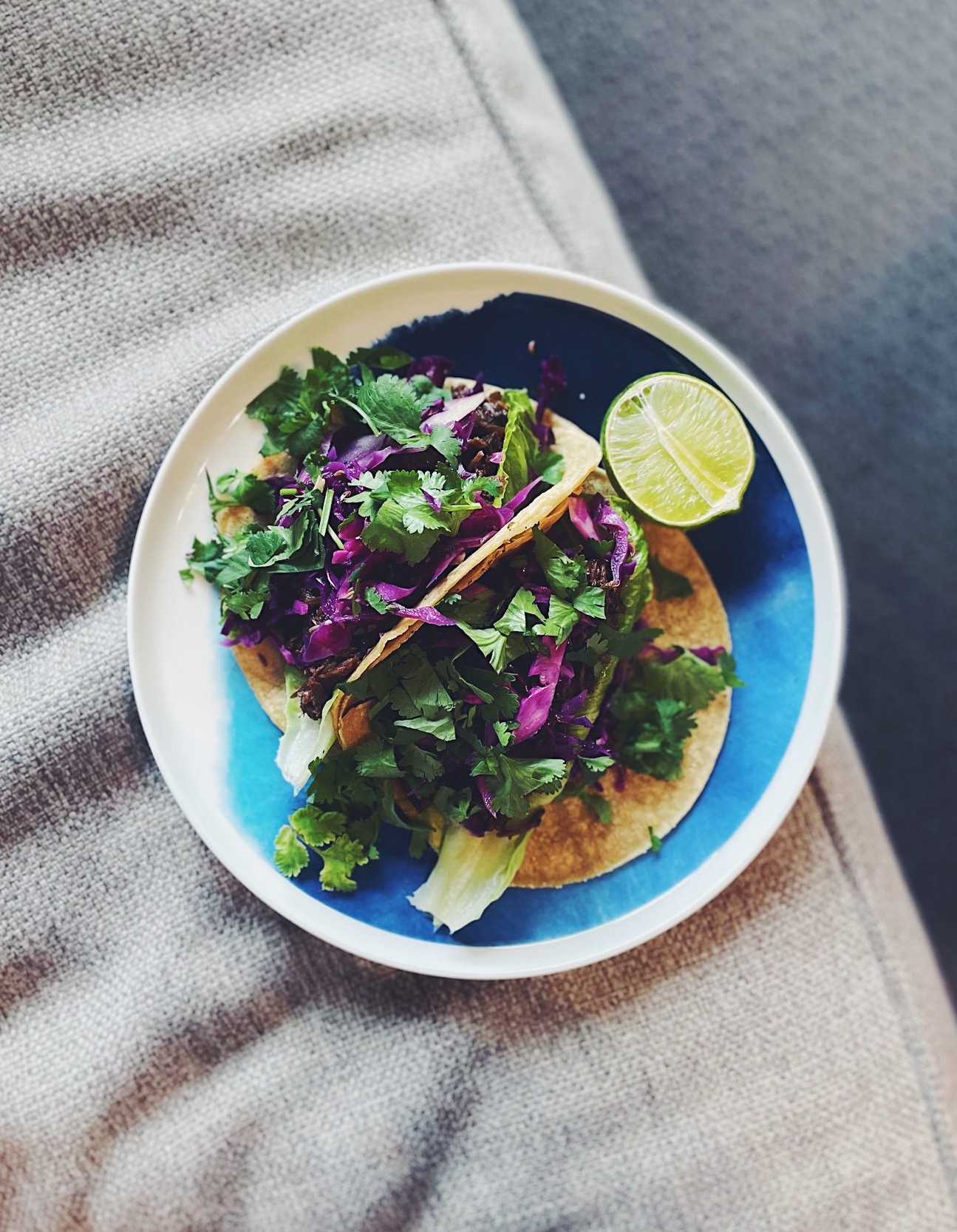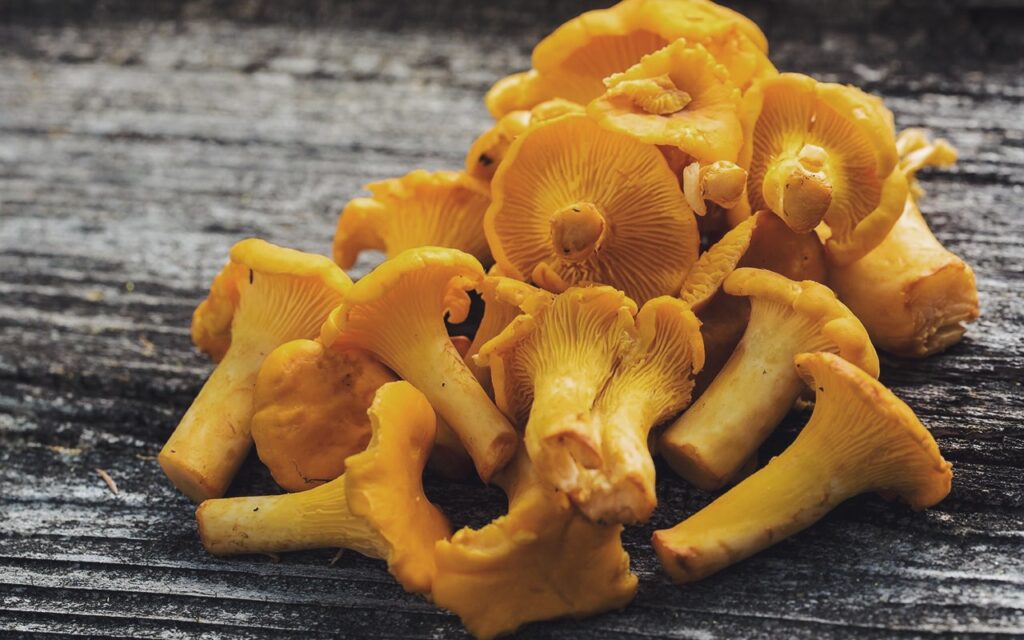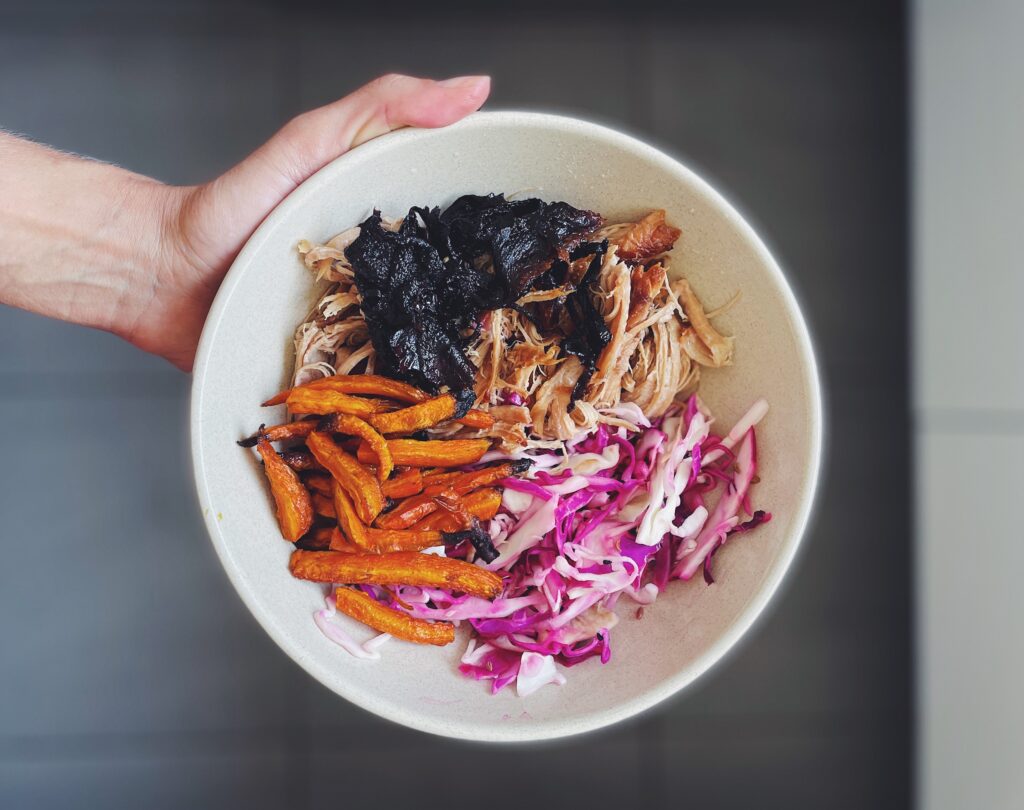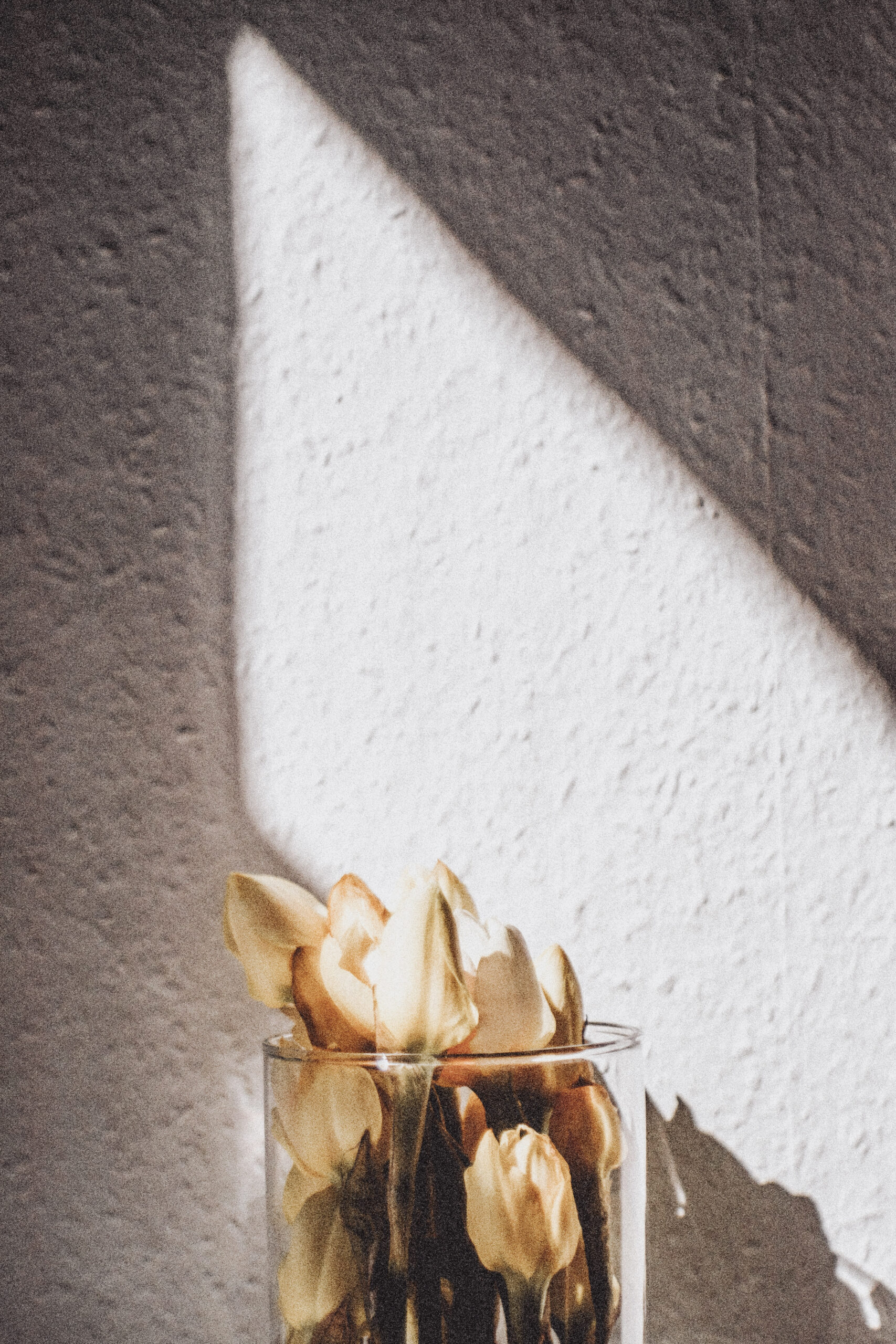
A Guide to Boosting Your Iron Levels, Finally!
The World Health Organisation (WHO) estimates that one third of all women of reproductive age (15 – 49 years) are anaemic. That is an incredibly high number, and is really saddening when you know the debilitating symptoms and effects anaemia can have. I have written this blog as low iron levels and iron deficiency anaemia are very common presentations I see weekly in clinic. There are many things that can be done to improve your iron levels – so read on!
What is anaemia?
Anaemia is defined as low levels or red blood cells and/or haemoglobin concentration, which lowers our bodies oxygen-carrying capacity. The most common causes of anaemia are low levels of iron, folate and B12, as well as red blood cell disorders such as thalassemia.
Iron requirements for women are higher than men primarily due to the blood loss through menstruation, and increased needs during pregnancy. Anecdotally, I see women eating much less meat than men, and I often wonder if this has to do with the perception of eating meat being a ‘masculine’ trait.
Lots of my female clients tell me they don’t like the taste or texture of meat, don’t digest it well, or feel it sits ‘heavy’ in their stomach. I have plenty of vegan and vegetarian clients, where the cause of low iron is obvious, and can be corrected through dietary modifications and supplementation where necessary.
Why is your iron low? Main causes include:
- Not eating enough iron-rich foods
- Not eating enough food in general
- Being vegan, vegetarian, or pescatarian
- Heavy periods and/or long periods
- Low stomach acid, known as hypochlorhydria
- Digestive conditions and absorption issues, including Coeliac disease, IBS, Crohn’s disease, SIBO, and Ulcerative Colitis
- Pregnancy
What to improve your iron levels
- Firstly, if there is an unknown underlying cause to your low iron, that must be discovered. Internal bleeding, an undiagnosed gastrointestinal condition, or menorrhagia (heavy and long periods) must be addressed to correct the loss from the ground up.
- Then, increase your iron intake, AND focus on optimising your absorption, AND remove iron inhibitors, AND introduce co-factors as necessary.
- Lastly, you may need to supplement pending on the reasons why you have low iron. Look for a well-absorbed, gentle form of iron. I generally recommend iron bisglycinate. Avoid ferrous sulfate or iron polymaltose if you can, both of which tend to have adverse effects on the gut. Common side effects include constipation, pain, and black stools – no thank you!
Iron-rich foods include:
- Red meat; beef, lamb and kangaroo
- Liver and pâté
- Shellfish; Mussels and oysters
- Cooked green vegetables; Spinach, collard greens, Swiss chard and beetroot greens
- Chantarelle mushrooms
- Legumes and grains; Tempeh, tofu, chickpeas, white beans, oats
- Nuts and seeds; Pistachios, cashews, almonds, sesame seeds

Chantarelle mushroom; a surprising source of iron with 5.8g of iron per 100g serve.
Haem vs non-haem iron
Dietary iron exists in two forms; haem iron and non-haem iron. Haem iron is made up of animal products such as meat, chicken and fish, whilst non-haem includes vegetarian sources such as plants, grains, and legumes.
Haem iron is more well-absorbed in the gut, due to specific haem transporters located there which enable haem iron to pass directly across cell membranes and into the bloodstream. Non-haem iron is unable to utilise these transporters.
Co-factors for iron absorption:
- Vitamin C
- Lactoferrin
- Lactobacillus plantarum 299v
Additional tips:
- Squeeze 1 tablespoon of lemon juice or apple cider vinegar over meals that contain iron-rich foods
- Separate iron inhibitors such as coffee, black, green tea, red wine by 2 hours from iron-containing meals and supplements
- Separate calcium supplements from iron-containing meals and supplements by 2 hours
- You may need additional digestive support if you haven’t had animal protein for a while. Try bitter foods with your meal or a bitter aperitif before eating to stimulate gastric acid production
- Slow cooking meats is a great way to make them more easily digestible (and enjoyable)! Try cooking lamb shanks or a shoulder, or beef cheeks or brisket

What does well absorbed, iron-rich meal look like?
The below image essentially looks like plate of coriander tacos, however do not be fooled! Here are the iron intake and absorption details:
– 1 x slow cooked beef cheek (a self-explanatory iron-rich food!)
– 1 cup of cabbage salad dressed in apple cider vinegar. The bitter compounds in the cabbage + the ACV stimulate gastric acid production to assist with the breakdown and absorption of iron
– Lime juice squeezed over the top – Vitamin C as a co-factor to iron absorption
– Additionally, I took a 250mg lactoferrin capsule alongside this meal also – lactoferrin is an iron-binding glycoprotein that aids iron absorption

To learn more about managing low iron during pregnancy, head to this blog.
If you are struggling with low iron or an iron deficiency and would like help with improving your levels, feel free to book in a base chat or initial session with me here.
Jaclyn is a qualified Naturopath with a focus on hormonal complaints, cycle health, reproductive and fertility care, skin issues, and adrenal health.
Author
Jaclyn Cave, BHSc (Nat), BComm (Soc), Masters Womens Health Med (completing)
Learn more about Jaclyn here.
Book a session with Jaclyn here.
References
https://www.who.int/health-topics/anaemia#tab=tab_1
https://www.ncbi.nlm.nih.gov/pmc/articles/PMC5793309/





